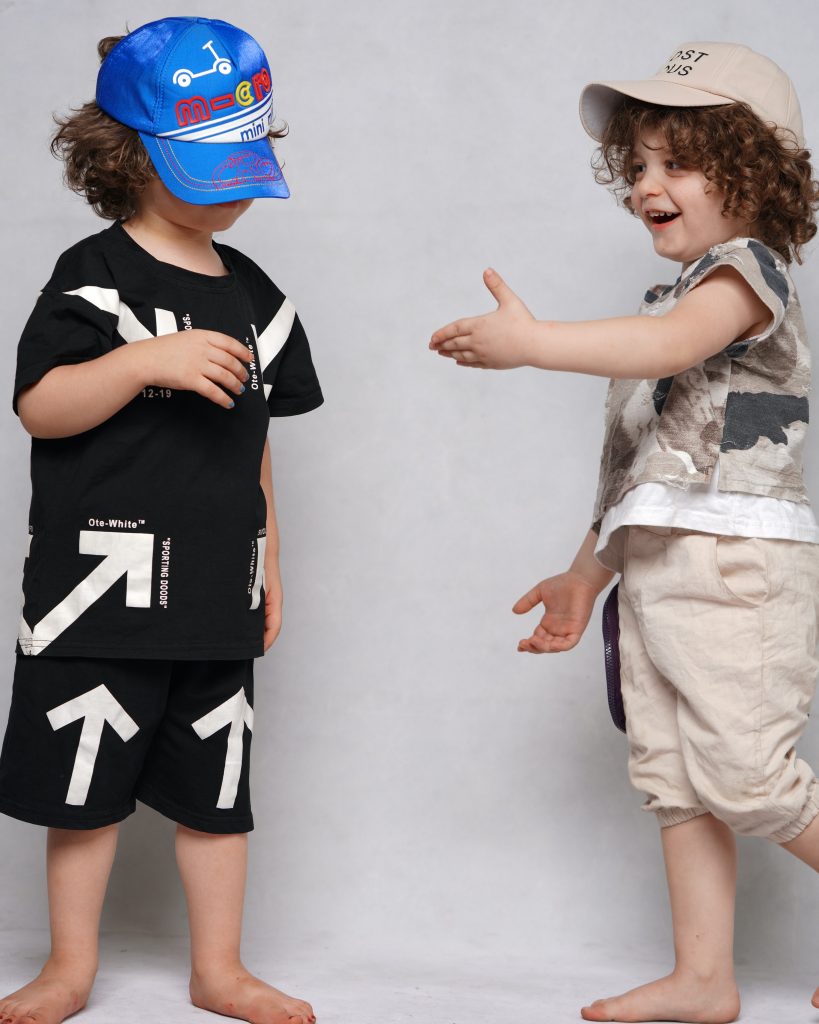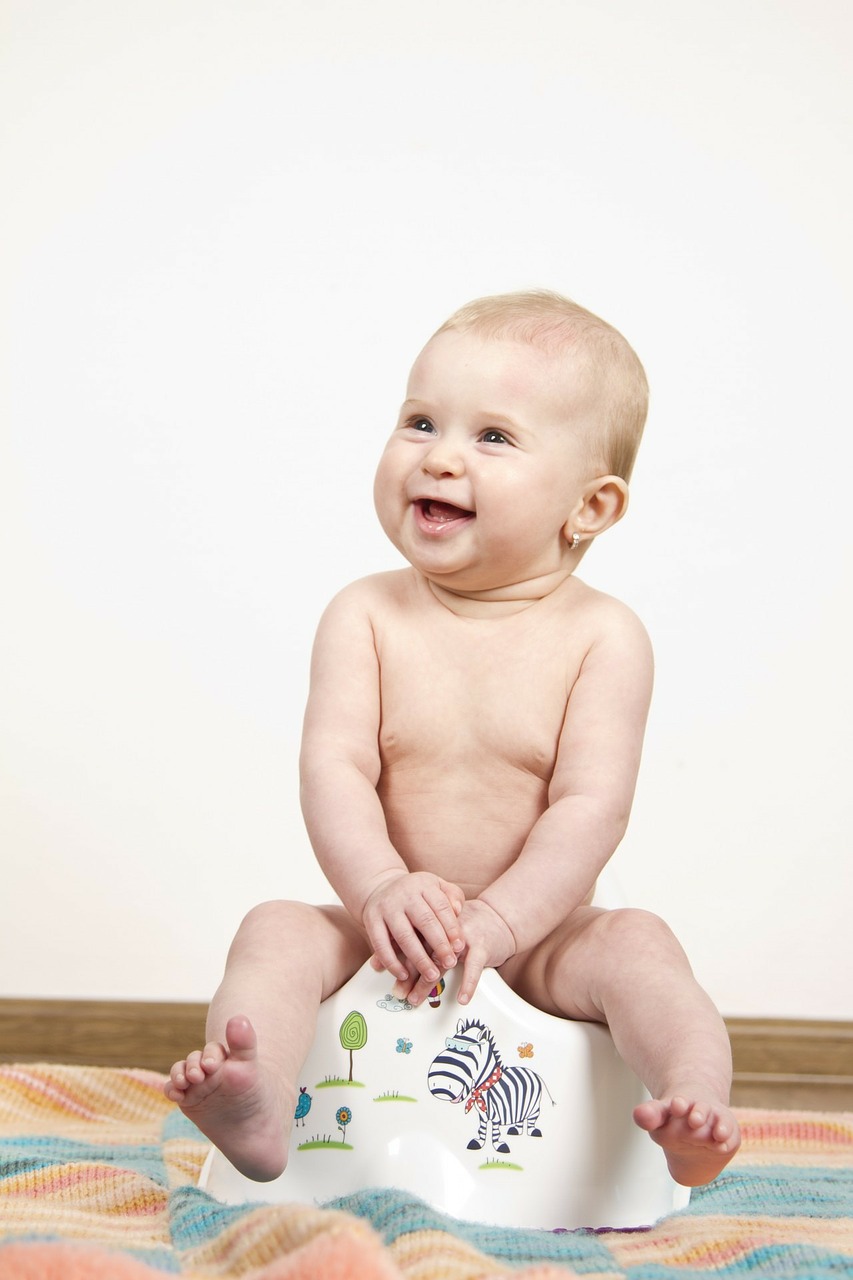Potty training little boys is a process that requires cooperation and consistent encouragement from caregivers. Toilet training typically starts from 18 months of age in advanced countries where diapers are heavily relied on. The best time to start is when your son shows signs of readiness, and during a time where no major changes are expected.
Signs of readiness to use the potty include passing a motion at a regular timing, controlling his bladder, being able to stay dry for at least two hours and being able to pull his pants up and down.
Though most tips may apply to both boys and girls, there are slightly more challenges when it comes to potty training little boys.
1. Teach your son to sit, not stand
One popular question when it comes to training boys is, “Should they sit or stand to pee?”. The answer is to sit. It takes more skill for young boys to keep still when peeing and sitting prevents the unnecessary mess. When they have successfully mastered the basics, you can then guide them to stand up to pee. Some little boys are able to stand and pee without going through the sitting stage – it all depends on your child’s readiness and comfort level!
2. Buy a cute urinal
Once your child can sit to pee, you can start training him to stand up to pee. There are child urinals which are colourful and attractive with water wheels to make it fun for your son to aim his pee at. They can be mounted on the wall and easily removed for cleaning.
3. Use loose fitting bottoms
Get him some loose fitting shorts with elasticated waistbands that he can simply tug down to remove when he needs to pass urine. To make it extra special, bring him along to shop for a few pairs with his favourite cartoon characters!

Be prepared to clean up accidents that happen during potty training.
4. Have potty training sessions
The key to successful potty training is consistency. Put your son on the potty every 15 minutes for two to three hours and whistle to encourage him to relieve his bladder, or ask if he needs to poop. At the end of the session, use regular diapers or training pants to go on with the rest of your day. Aim to have at least two training sessions in a day.

5. Play a game of “Guess the colour of your poop”
For toddlers and preschoolers who can name colours, play a game of guessing the colour of their poop before putting them on the potty. Poop colour is a sign of your son’s health. If he guesses correctly after pooping into the potty, reward him with a small treat.
6. Do the Pee Whistle and Poo Hum
Studies have shown that sounds are an effective communication method to trigger the child’s bowel release. Mothers who practice elimination communication, the method of toilet training from infancy, use sound cues such as whistling to let their babies pee and humming for poo.
7. Settle day time training before a night training
It is tougher for your son to stay dry during his sleep as it takes much more awareness. Night training can be done after your son can keep his training pants or briefs dry during the day. You can use a waterproof mattress liner and sheet to contain accidental mess if you are letting your son sleep with loose shorts.
Limiting drinks before bedtime can help in reducing the need to pee while he is asleep.
Potty training involves a lot of communication and closeness to monitor your son’s cues. Don’t be disheartened if it seems to take longer than expected. If your son attends school, check with the teachers how you can work together to support your potty training attempts.
Is your son off diapers and uses the potty on his own? Share your potty training strategies in the comments below!


